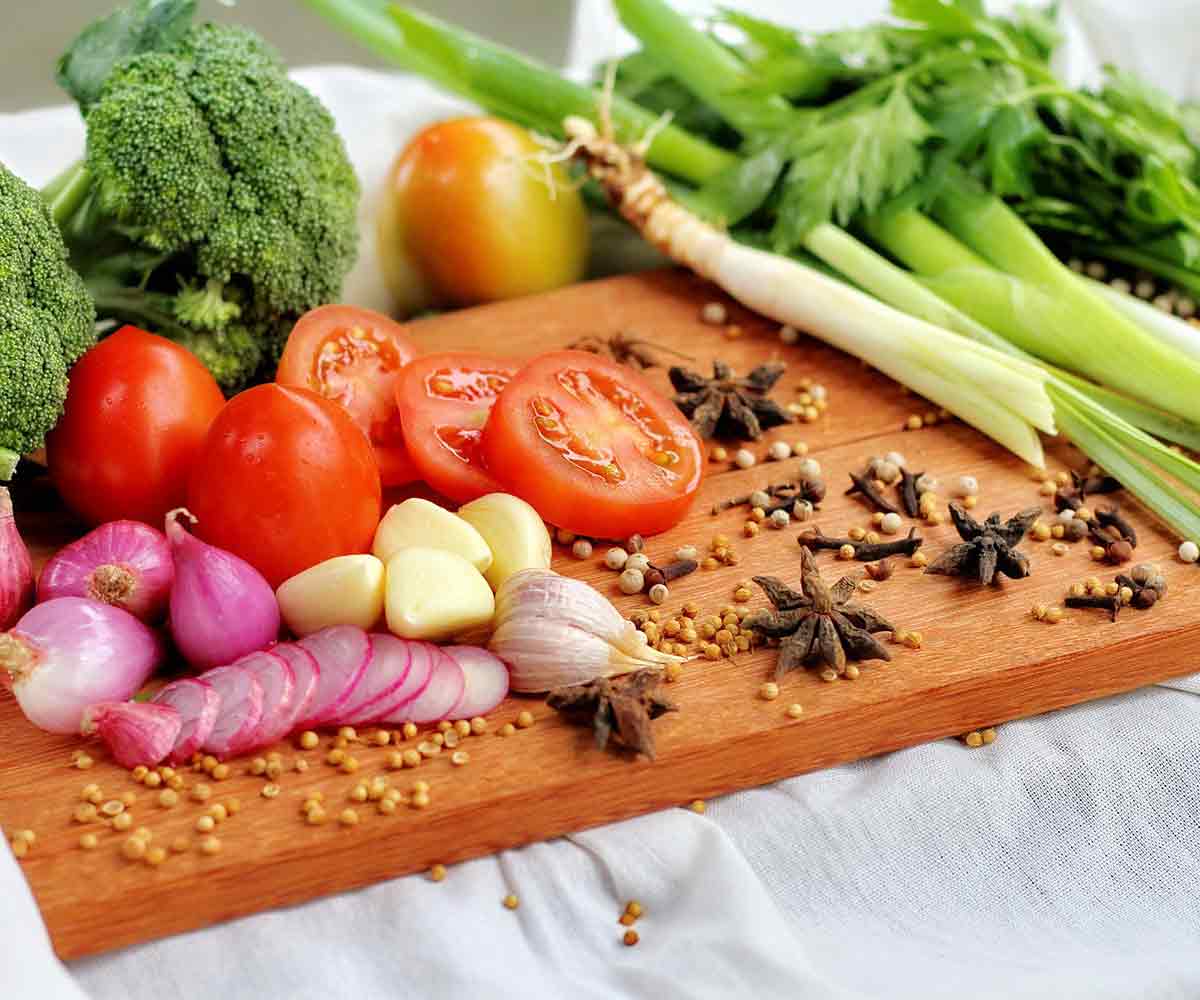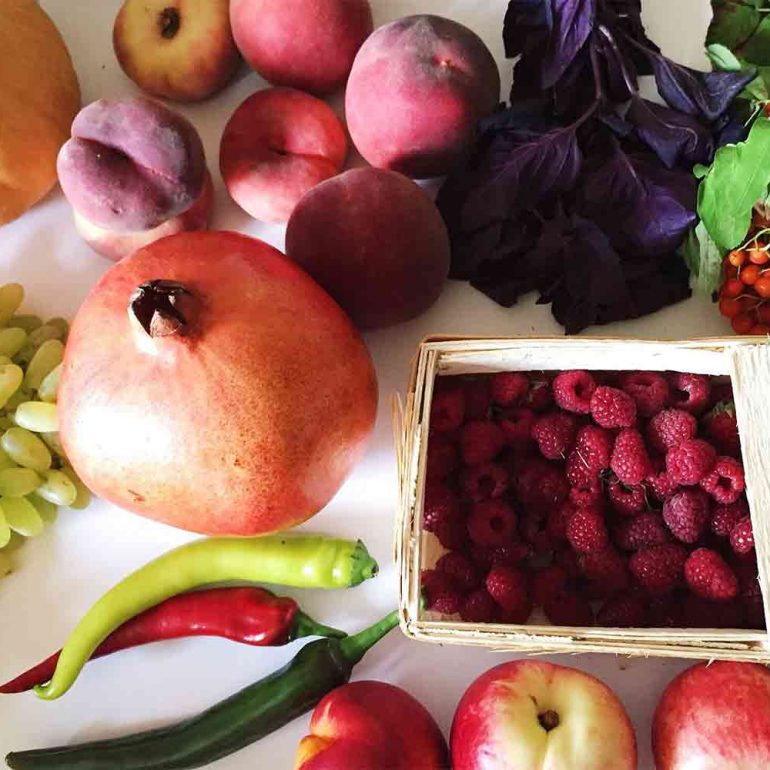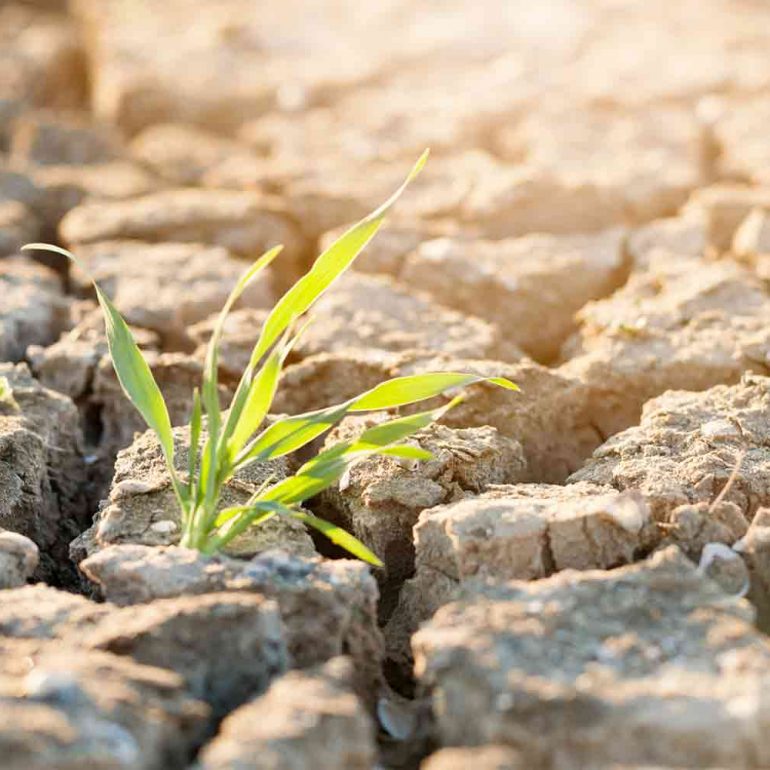Chances are, most vegans have said, “I could never be vegan. I like ______ too much” at some point in their lives. Unless you are raised vegan, converting to a lifestyle free of animal products is a big change. Our society uses animal products in almost everything we eat, especially processed foods. Did you know that marshmallows and Jell-O have animal products in them? They both contain gelatin, which is derived from collagen obtained from various animal body parts. What about wine? Some use fining agents to help clarify the wine that is made from animal products. However, if you have been considering going vegan but keep telling yourself that you can’t do it, think again! Here are eight easy steps you can take to become vegan.
In the past few years, there has been a lot more awareness brought to the practice of animal agriculture, including documentaries such as Forks Over Knives, What the Health, Cowspiracy, and Vegucated. Although some of the claims that the documentaries make should be taken with a grain of salt, it is impossible to ignore the appalling conditions the animals are forced to live in, as well as the lack of sustainability of a meat-centered diet.
Becoming a full-fledged vegan is not mandatory in order to make a difference. Even cutting down the amount of meat that you eat will still have an impact.
1.Focus on Your Motive
What is your reason for wanting to become a vegan? Whether it is your concern for your health, the environment, animal welfare, or all of the above, they are all valid and admirable reasons for changing your lifestyle. Keep your motivation in mind, especially in the beginning, when implementing change can be the most challenging, and the temptation is difficult to resist.
2. Educate Yourself
Learn about what it means to be a vegan and what types of ingredients are go-to’s for substitutes and delicious vegan dishes. Watch movies, read blogs, and talk to other vegans about the advantages and challenges of this lifestyle. Learn how to read ingredient lists and become familiar with less obvious animal-derived ingredient names that may show up in unexpected products.
3. Add to Your Diet Before Subtracting
Focusing on all of the things that you can’t eat is probably one of the main reasons people decide against becoming vegan. However, before eliminating all animal products from your diet, try eating more vegan-friendly foods instead. Fill up your plate with beans, whole grains, tofu, and of course, plenty of fruits and vegetables. Being vegan does not mean you have to eat salad for every meal! I personally don’t like many salads and hardly ever eat them. Find vegan recipes that appeal to you and get comfortable preparing a few of them. Switch to non-dairy milk, yogurt, and even cheese for your everyday use.
Interested in a free Vegan Pantry & Fridge Checklist? It’s in my Resource Library!
4. Do it in Stages or All at Once: Go at Your Own Pace
You don’t have to become vegan overnight. You can start cutting out one or two things at a time if that will make the transition easier for you. For example, if you already don’t eat much red meat, commit to cutting out all red meat first, and then add something else in a week or a month. However, if you want to jump in head first, go for it!
5. Stock Your Fridge and Pantry
Fill up your fridge and pantry with versatile and delicious vegan-friendly ingredients and snacks. Always keep a full stock of your favorite vegetables and fruits, nuts, beans, a variety of grains, tofu, dried fruit, dairy-free milk, pasta, bread, and plenty of spices. Some of my favorite guilty but vegan snacks are Snapea Crisps, Justin’s Peanut Butter Cups, Oreos (believe it or not), Cauliflower Puffs, and Chickpeatos.
6.  Bring Backup Meals and Snacks
Bring Backup Meals and Snacks
Because a vegan diet is not considered the “norm,” many restaurants and people’s homes will not be accommodating to your diet specifications. Never assume that there will be something you can eat (or want to eat), especially when on the go. Bring energy bars, nuts, fruit, veggie chips, trail mix, and other portable vegan-friendly goodies to help curb your hunger. You’ll be grateful for your backups when you encounter not so vegan-friendly dining situations.
7. Don’t Worry About Protein
This is one of the biggest concerns people have about becoming vegan. To be honest, most omnivores have much more protein in their diet than they even need. And animal products are not always the best sources of protein. A lot of plant-based foods are great sources of protein, such as beans, vegetables, whole grains, rolled oats, and nuts. Another concern that has since been debunked was that only animal products contain all of the essential amino acids our bodies need. As long as you incorporate a wide variety of foods in your diet, there is no need to worry about nutrition.
8. Try More Ethnic Recipes and Restaurants
Becoming vegan does prove to be challenging when eating out at certain types of restaurants. When eating out with friends at places with typical American-style fare, there are at most one or two things on the menu that are vegan-friendly, typically a pasta or salad (hold the cheese). This is the perfect opportunity to branch out and try different types of cuisines, both at restaurants and at home. Asian cuisine is typically my go-to (Thai, Chinese, Korean, Vietnamese, and Japanese) because many of their dishes are tofu-friendly and loaded with veggies. Indian food is also a great option because the menu is already so vegetarian-friendly. Other cuisines to check out include Mediterranean, Ethiopian, and Middle Eastern.
Are you considering becoming vegan? I would really encourage you to give it a try. There are so many worthwhile benefits that a vegan diet will bring, and, despite what many people believe, there is no need to sacrifice flavor or deliciousness!
Katie is a first generation Chinese-American with a passion for writing, being a mom, and pursuing a successful career in the biopharmaceutical industry. She discovered the world of blogging and freelance writing after the birth of her son, realized this unique opportunity to share and connect with other like-minded people, and hasn’t looked back since. Follow her on Facebook @hotandsourblog and Instagram @katielems.





